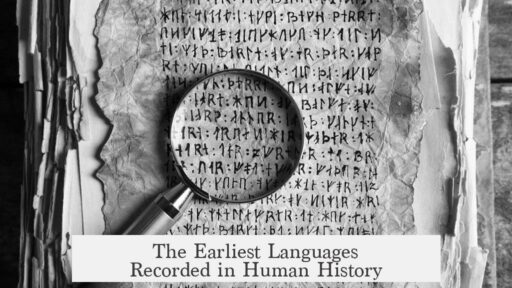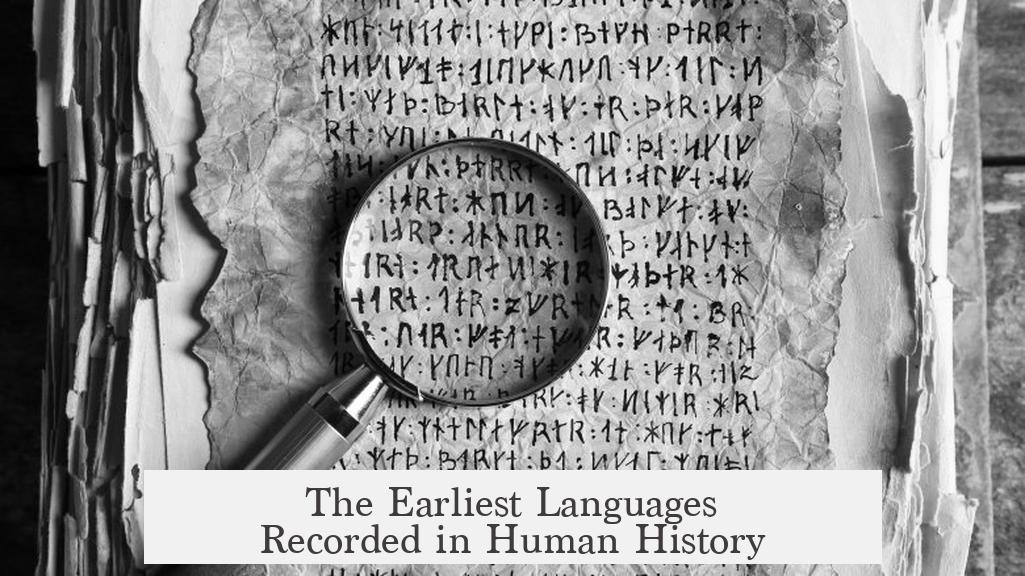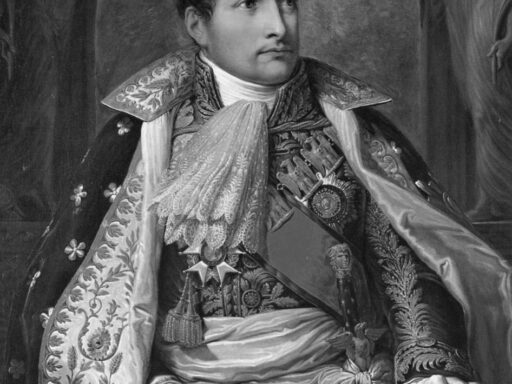The oldest language we know is not a single language but depends on the criteria used: the oldest recorded, the oldest surviving spoken, or the closest to the first human language. No language can claim to be definitively the oldest because all languages evolve from earlier forms.
Determining the oldest language involves multiple complexities. Languages have no clear start date and continuously change, borrow words, and evolve. Modern languages descend from older, often unrecorded languages. This fluid process makes pinpointing one oldest language impossible.
One common method to identify the oldest language is by the age of written records. The earliest written languages are Sumerian and Egyptian, dating back to about 3200 BC. These languages developed writing systems at the dawn of recorded history. Sumerian, especially, is recognized as the first language to appear in written form.
However, written languages reflect only what has been documented. Spoken languages existed long before writing, but without records, their ages are harder to determine. Therefore, focusing solely on written evidence limits understanding of language antiquity.
Several ancient languages with long later histories remain spoken or influential today. Chinese and Greek have written records beginning around 1500 BC. Sanskrit and Tamil appear in texts from about 2000 BC and 3000 BC respectively. Modern Icelandic traces back at least 1000 years and has changed very little, enabling readers to understand medieval manuscripts.
- Sumerian and Egyptian are the oldest known written languages (~3200 BC).
- Greek and Chinese have ancient written records (~1500 BC).
- Sanskrit and Tamil existed in ancient forms around 2000–3000 BC.
- Modern Icelandic preserves a language form over at least a millennium.
Another approach to finding the oldest language is to look at languages spoken continuously in a region for a very long time. The Basque language in Spain and France is notable here. Evidence suggests Basque has been spoken in its region since at least the 2nd century BC, if not longer. It is linguistically isolated, unrelated to surrounding Indo-European languages. Its long, stable presence makes Basque a strong candidate for one of the oldest surviving spoken languages.
That said, insufficient data prevents exact dating of Basque’s origins. It may be one of the least changed languages today due to historical isolation.
Some researchers consider languages with “click” consonants in southern Africa, like those in the Khoisan family, as closest to the original human language. The reasoning is these languages have unique sounds absent elsewhere and originated near where early Homo sapiens remains were found. Though not well documented historically, this connection suggests an ancient linguistic lineage.
The Aboriginal Australian Pama-Nyungan languages represent other ancient language families. Although Aboriginal peoples have inhabited Australia for over 40,000 years, existing data estimates Pama-Nyungan languages to be roughly 5,000 years old. The group has little outside influence, preserving unique linguistic traits.
Languages continuously change, which complicates claims about age. For example, Latin transformed into French, Spanish, and other Romance languages. Icelandic remains closer to Old Norse, but even it includes some evolution. New technologies and concepts also force languages to borrow or invent terms. These dynamics prevent any language from remaining fully static over centuries.
| Language | Type of Evidence | Approximate Date | Notes |
|---|---|---|---|
| Sumerian | Written records | ~3200 BC | First known written language |
| Egyptian | Written records | ~3200 BC | Early hieroglyphic inscriptions |
| Chinese | Written records | ~1500 BC | Ancient oracle bone script |
| Greek | Written records | ~1500 BC | Early Linear B tablets |
| Sanskrit | Ancient texts | 2000+ BC | Classical language of India |
| Tamil | Ancient texts | 3000+ BC | One of the oldest living languages |
| Basque | Spoken tradition | At least 2nd century BC | Isolated, stable linguistically |
| Click Languages | Spoken tradition | Indeterminate | Possibly closest to proto-language |
| Modern Icelandic | Historical continuity | 1000+ years | Very conservative language |
| Pama-Nyungan | Spoken tradition | ~5000 years | Australian Aboriginal languages |
Linguists reconstruct languages like Proto-Indo-European and Proto-Nostratic to understand ancestors of modern tongues, but these remain hypothetical and undocumented in writing.
Overall, the answer to the oldest language depends on the definition.
- Oldest written languages: Sumerian, Egyptian (~3200 BC).
- Longest surviving spoken languages: Basque, Tamil, Sanskrit, Chinese, Greek.
- Languages closest to proto-human forms: Southern African click languages.
- Oldest languages in continuous region: Basque and Welsh.
Human language began tens of thousands of years ago, but exact ancient forms are lost to time.
Key takeaways:
- Oldest language cannot be definitively identified due to constant change and lack of early records.
- Sumerian and Egyptian hold the title for oldest written languages.
- Basque may be the oldest surviving spoken language in a single region.
- Click languages in Africa may reflect features of the earliest human speech.
- Languages like Sanskrit, Tamil, Greek, and Chinese have ancient histories documented in texts.
- Language evolution blurs lines between ancient and modern forms.




